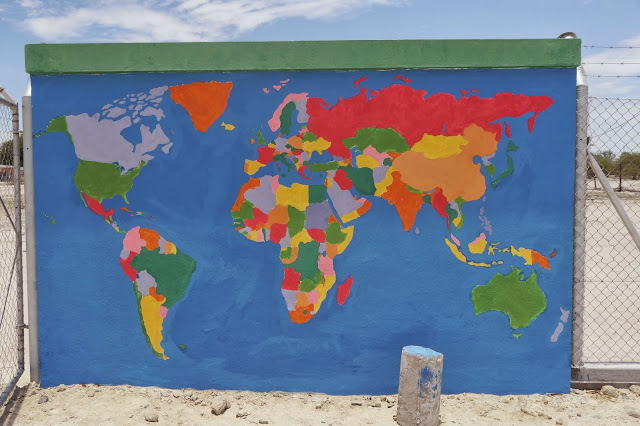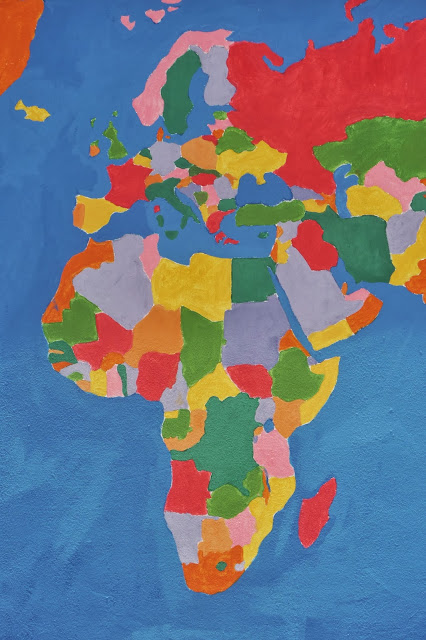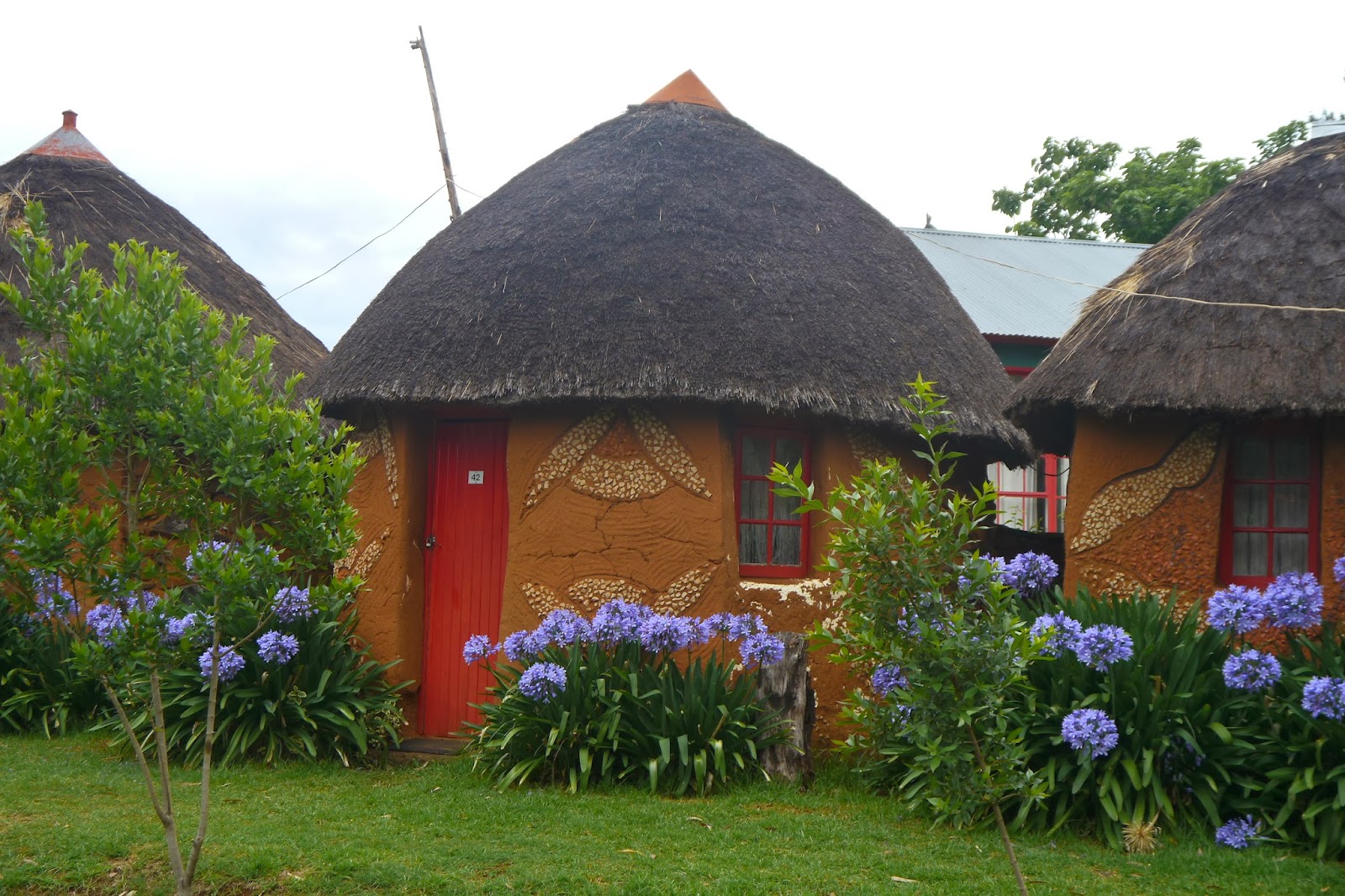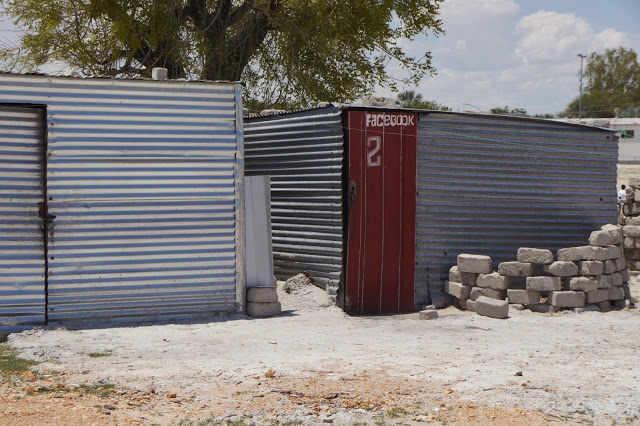
How Big is the World?
Academic sources would have us believe that Earth is approximately 510,072,000 square kilometers and that thousands of ethnic groups speaking millions of languages inhabit its surface.
Growing up, we learn that there are seven continents, six of which support human life and five of which consist of multiple countries. We are told that the world’s people live in a wide variety of different habitats; from the polar regions blanketed in ice to the steamy rainforests near the equator and from remote atolls in the turquoise seas of the Pacific to the concrete jungles of the world’s greatest megalopolises.
These facts suggest that the world is so big and so diverse that it would take many lifetimes to adequately explore its surfaces.
Yet, while facts point to these statistics and books reveal depictions of life around the world through words and images, for millions of people, including the majority of my students in Onantsi village, the world is much, much, smaller.
For my students, the world is their village. It is what they know. It is all they’ve ever known.
And aside from the abstract words in their textbooks, the world beyond Ovamboland remains largely a mystery.
The few lucky learners that have made the journey to Windhoek, Namibia’s capital, can tell me of a place where mountains surround multi-story buildings, grassy parks and German architecture. Yet the vast majority of them have little to say about their own country, let alone the world.
On a daily basis, kids come up to me, asking me “Miss, is it true that in Windhoek there are big malls with an upstairs? Miss, are there black people in America? Miss, how many cows do people have where you live? Miss, what does pizza taste like?”
The questions are endless. And I do my best to answer each and every one of them.
I explain to them that I do not know Barak Obama simply because I am American—that my country is so large that it would take 180 times the population of Namibia to equal just one America. When they see my backpack and assume that I am heading back to the United States for the weekend, I explain that I cannot just take a taxi home, because there is a massive ocean and thousands of kilometers standing in my way. I explain to them that there arepoor people in America, contrary to what most of them believe and that the poorest face may of the same problems that they face here in Namibia—lack of jobs, opportunities, healthcare and poor access to quality education.
But I have found myself faltering on numerous occasions—attempting to explain things about the world in a way that my students will understand. Sometimes my explanations are successful; sometimes they are not.
Perhaps my struggles with communicating ideas about the world with my students are best encapsulated in an interaction I had with them a few weeks ago while reading “Holes.”
In our reading, we came across the vocabulary word mud.
Simple, I thought, when one of my top learners asked me what the word meant.
“It’s when the dirt is wet and slimy,” I told him. “Like after it rains.”
All eyes in the classroom stared at me blankly.
I fumbled for words. I tried to explain again, using other vocabulary. “It’s wet soil. When it rains and the soil mixes with water.”
Still blank stares.
Then it dawned on me. They didn’t know what dirt was. They had never even seen dirt before. To them, soil is a synonym for sand. Of course they would not be able to comprehend the word mud. Though the rainy season brings an abundance of swampy sand, in Ovamboland, mud doesn’t exist.
But it is not only vocabulary that stands in their way. When I asked my students the most spoken language in the world, most replied Oshiwambo. When I asked them to identify the continents on a map, the only one they new was Africa. For a geography lover like me, the realization of how small their world is, was a slap in the face.
I knew that one of my jobs would be to expose them to the world to the best of my abilities through books, videos and images.
In term three, I finally felt that was able to make tangible progress with my students. I integrated as many cross-cultural issues as possible into my English and computer lessons and even gave them projects where I taught them to use the internet, atlases and encyclopedias to conduct independent research on countries around the world. I showed them episodes of Planet Earth, the glossy photos of National Geographic and Google Maps of my home town.
I could see the palpable excitement in their expressions when they saw the footage of Africa’s Great Migration or images of the forests and mountains that surround my house.
I wish I could have taken them outside their realities so that they could have seen these things with their own eyes. I wish I could have shown them what else is out there and that, if they work hard, they might even have the chance to discover it themselves.
While I may not have had the opportunity to bring them to the world, I realized that the least I could do was try to bring the world to them.
Though I worked on a few different projects throughout my time in the country, including the expansion of my school’s library and the acquisition of netball equipment, I wanted to leave the school with something else—something that would act as a symbol for the work I tried to do to broaden the horizons of my students during my service. I decided to paint a map of the world, visible from nearly every angle of the school grounds.


I don’t know if it is merely my idealism, but I hope that the map is a reminder that if my students have the ambition and curiosity to venture beyond their realities, education can truly be their window to the world. I hope that when my students look at the map, they think of their crazy American teacher who journeyed to a rural African village to push them to discover and learn about the world with open eyes and minds.
Yes, the world is large. I realize just how lucky I am to be fully aware of its diversity and immensity.
Most people in the world are not so lucky. While they may have heard mention of foreign cultures, customs and countries, their notions of the world are still quite small. And the world they see, the world they know, does not extend beyond their immediate realities.
I hope that, by my being here, I was able to help satiate my students’ desire to learn about the peoples, cultures, landscapes and animals from different corners of the globe and, in some way, make their worlds just a tiny bit larger.


